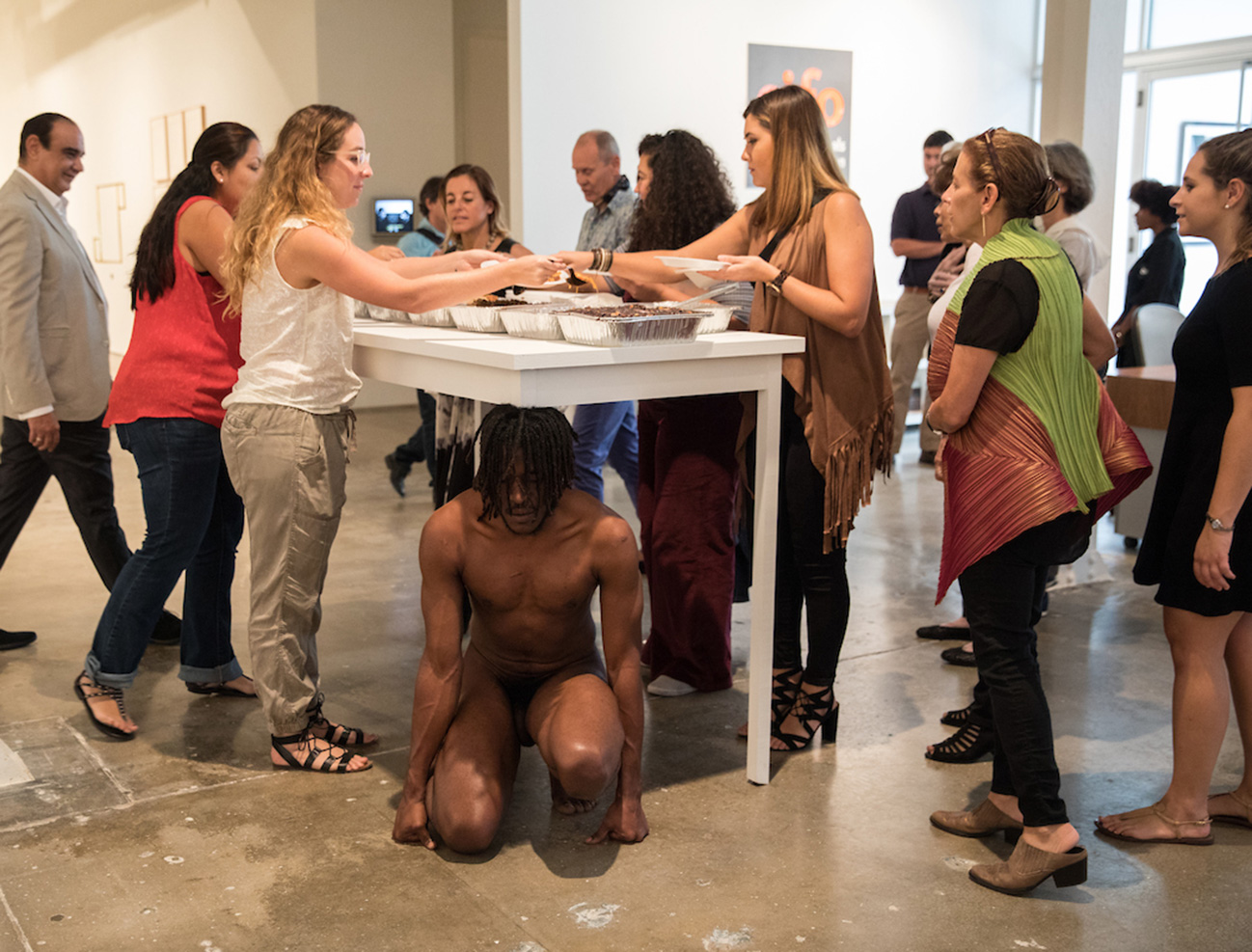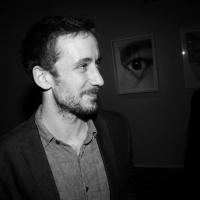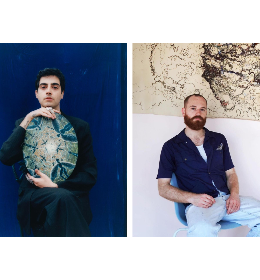From May 30 through June 3, the Maison Européenne de la Photographie in Paris and the Cuba Photothèque will open up a dialogue focusing on the creation of contemporary video, featuring works from the MEP collection, as well as pieces by Cuban artists.
The event has been conceived as a “veritable laboratory of cross disciplinary practices, incorporating themes of memory, identity and alterity, violence and borders,” — organised by Jean-Luc Monterosso, Director of the MEP, and produced by Roger Herrera Gutiérrez.
In collaboration with the MEP curator Laurie Hurwitz, Alonso Gómez will present a selection of 21 videos from the Paris institute’s collection — alongside 18 video works by Cuban artists of different generations, heralding from Cuba and the diaspora. With the backdrop of Glissant’s theory of hybrid identities, who confronts the necessity to confront ‘root-identity’ as a concept, artists from the MEP collection such as Martine Barrat, Rebecca Bournigault Isabelle Lévénez, Dave Allen, Douglas Gordon et Jonathan Monk, Moussa Sarr, and Alberto Garcia Alix, will open up a pathway for discussion with Cuban artists, including Carlos Martiel, born 1989, whose work Basamento will be on show. Martiel, who trained at the Cátedra de Arte Conducta under the tutelage of Tania Bruguera, addresses issues of migration and migrants and their value to the countries who host time.

Carlos Martiel, Basamento, photo: Walter Wlodarczyk
Other artists include Celia Irina González Álvarez (1985) and Yunior Aguiar Perdomo (1984) who will present their work El cuerpo habla en el pasado (2006-07) — a video piece recounting the tale of a political speechwriter the artists met in Trinidad and Tobago, with a particular analysis around the body language of Fidel Castro. Elsewhere artist Adrian Melis presents his piece Moments that shaped the world, I, II, III, IV, juxtaposing images and sounds to warp the viewer’s initial perspective of two sources, opening up a host of possible interpretations. Throughout the episodes the artist incorporates sound from the fall of the Berlin wall; a sound bite of a Chinese communist chant, sung by Raul Castro as well as the audio from a Barcelona music festival.
Cuba has a unique history and environment. Wifredo Lam, Ana Mendieta, Félix Gonzalez and Tania Bruguera are just a few local artists of international renown, and while a wealth of politically engaged works exists, curator Alonso Gómez argues that the Cuban art scene has diversified since the 80s and 90s when artists were using their practice to try and explore a complex set of political issues. “Things have evolved,” says Alonso Gómez “the new generation of artists are looking to broaden their horizons, and the field of references has considerably expanded, notably thanks to their ability now to travel. These artists are still engaged, but in a different way.”
El cuerpo habla en pasado.The body speaks in the past tense from Celia - Yunior on Vimeo.
To the collective imagination, Cuba might seem like closed territory. However, it seems these artists have been working with much more freedom than the rest of the population over the past two decades. “The opening up of Cuba has been progressive, with an acceleration taking place over the last three years,” says Alonso Gómez. “In Cuba artists are generally socially privileged, whether we like it or not.” Hence, local artists have been able to travel, live abroad, and commercialise their practice. “It is the only artistic community in the world that I am aware of where at 20 years old you can be successful,” continues Gómez.
Cuba’s international art market has also evolved considerably over recent years, notably with the arrival of the Havana Biennial and the opening of Galleria Continua in 2015, supported by Louis Vuitton. However while Alonso Gómez speaks of a certain liberty for artists, there is no market yet, “there is no legal status for private galleries, even the Galleria Continua space in Havana is registered as an Art Centre and not a gallery.”
This gradual opening up of the country’s art scene is not without risk in a country where the art market has not always been accepted, and where information is limited. “The arrival of new players is necessary and inevitable, however they risk developing new dynamics which risk opening up the existing divide between art and society in order to establish an art market “logic” which distances itself from artistic research.”
Alongside the festival, other initiatives have sprung up. A workshop will take place in collaboration with SOCIETIES, organised by Parisian gallerist Jérôme Poggi and supported by Nouveaux Commanditaires. The event will see local art world figures respond to questions concerning contemporary art and the participation of the local community in Cuba’s unique environment.
Moments that shaped the world - Chapter 2 - Primavera Sound 2011 from Adrian Melis on Vimeo.
The Cuban system with regards to art is still in need of change, notably in terms of clarity and organisation, “we need to think about a market economy that integrates the flux and the internal needs of the country whilst also thinking of global dynamics. We need to cultivate local collectors and patronage, but we also need to give the local population a voice in order to create decentralised projects,” explains Alonso Gómez.
Over the six days, events will take place at five locations, with 38 works on show at the main space at the Casa Victor Hugo, whilst the Ludwig foundation, and the Centre for Development in Visual Arts will host solo shows of work by Martine Barrat and Rebecca Bournigault, with a selection of videos presented at the Alliance Française, whilst Fabrica de Arte Cubano — a new art centre in Havana — will host the MEP collection for an evening program.
In order to reproduce the exchange, a partnership between the MEP and the Paris Cité Internationale des Arts with a prize created in order to award a Cuban artist and provide them the opportunity to undertake a residency in Paris in the autumn. The work produced during the residency will be integrated into the MEP — whilst the next edition of Paris Photo will see MEP present a selection of Cuban video art.









